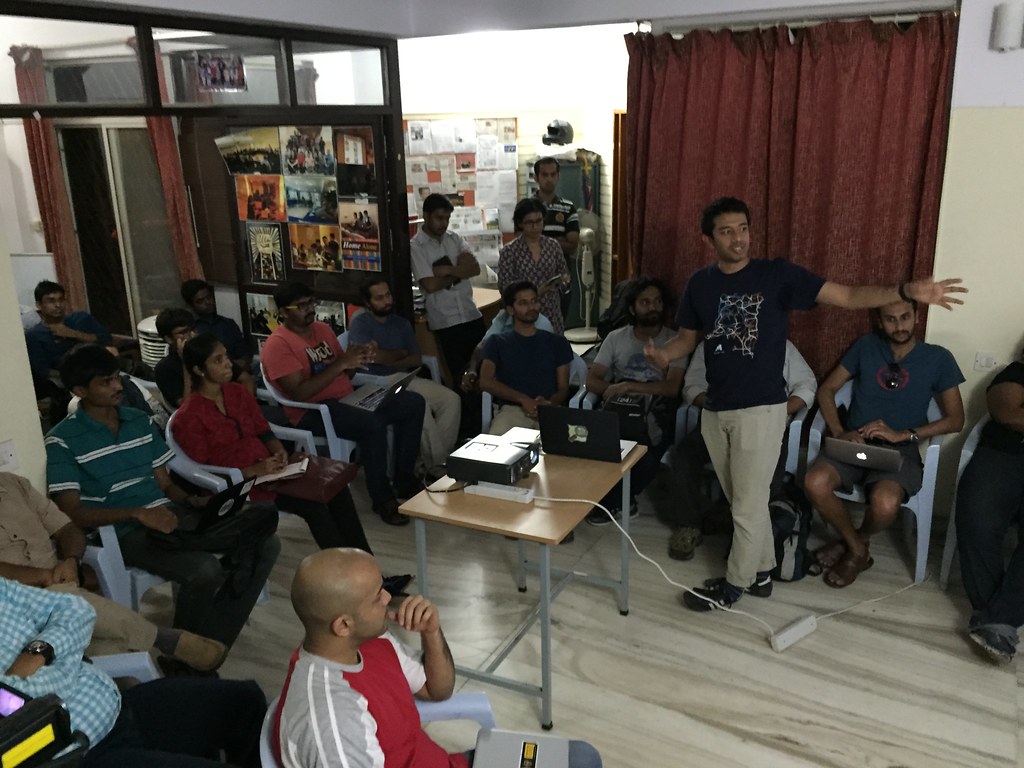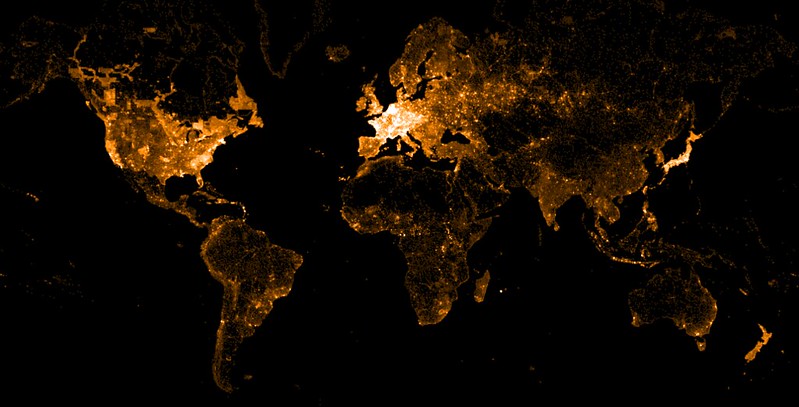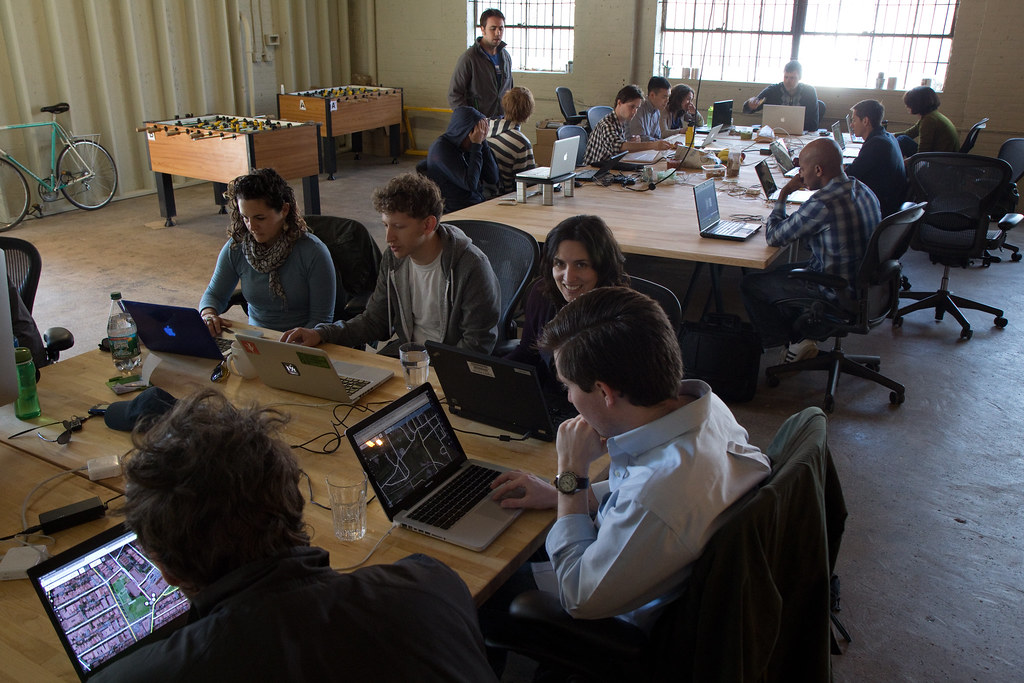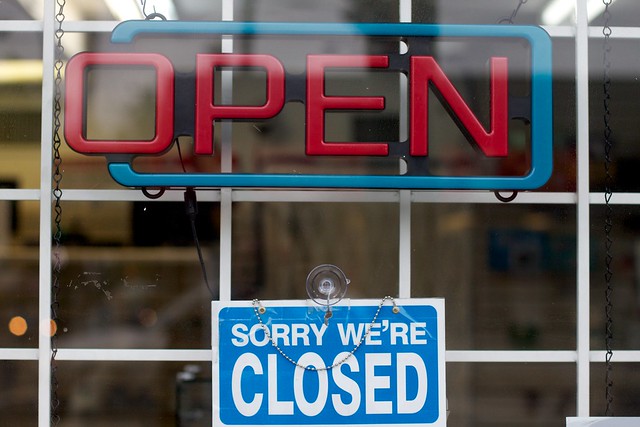The energy at the first OpenStreetMap class in Ayacucho, Peru was amazing. We had about 40+ students come out to learn how to map. This is all part of our effort to build local community in this city of 150,000 in the Andes where Development Seed, (the company that launched Mapbox) was founded and where today we have a growing team of OpenStreetMap data analysts.
Read more about our goals for Ayacucho on our blog in English and on Ruben’s diary in Spanish.

OpenStreetMap class at the University of Ayacucho.















